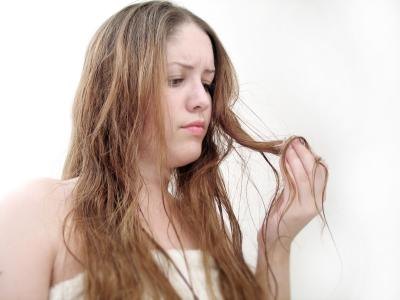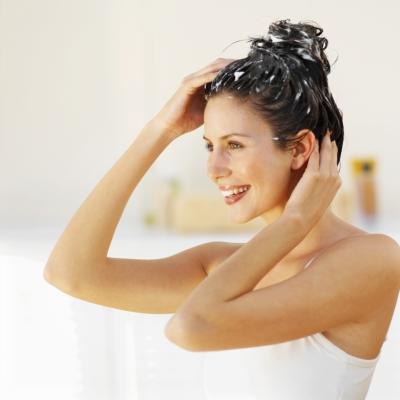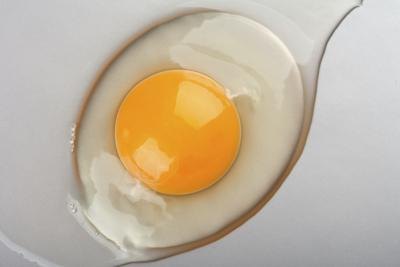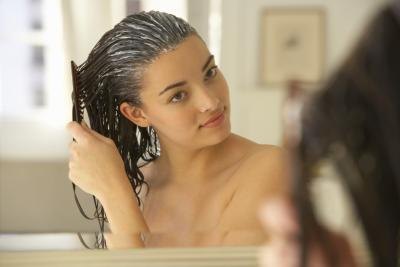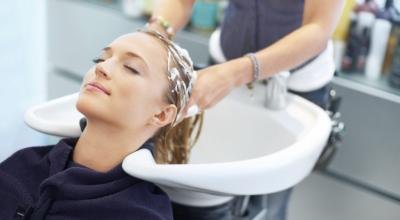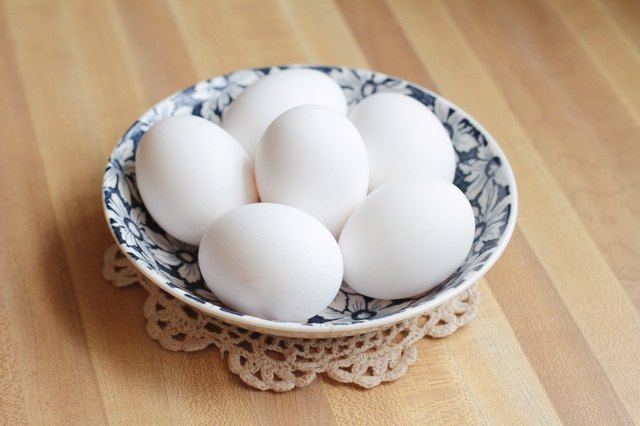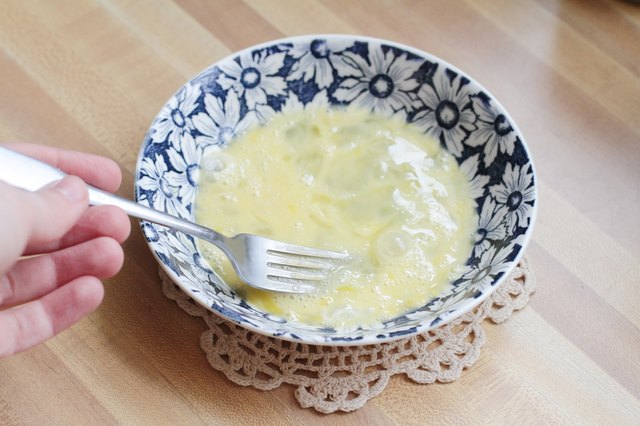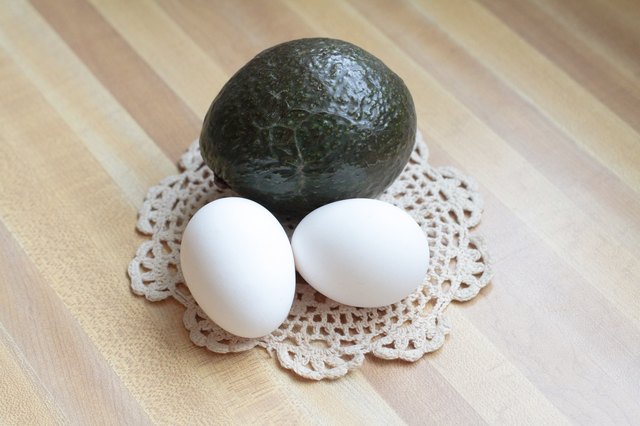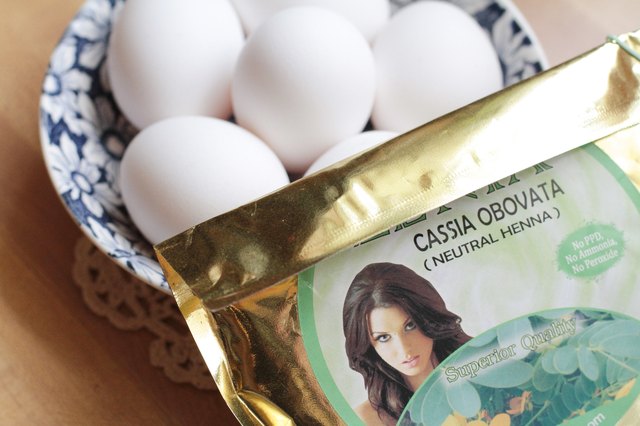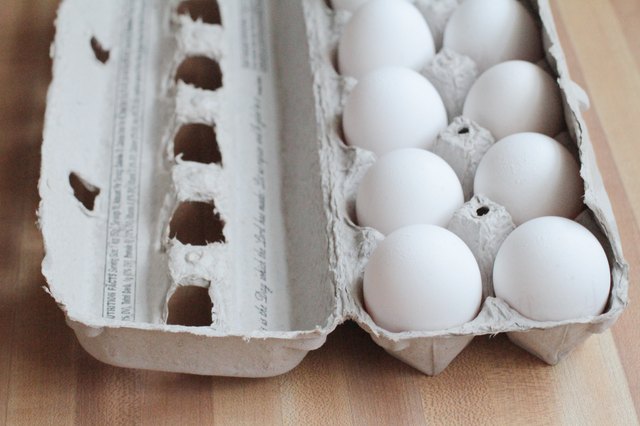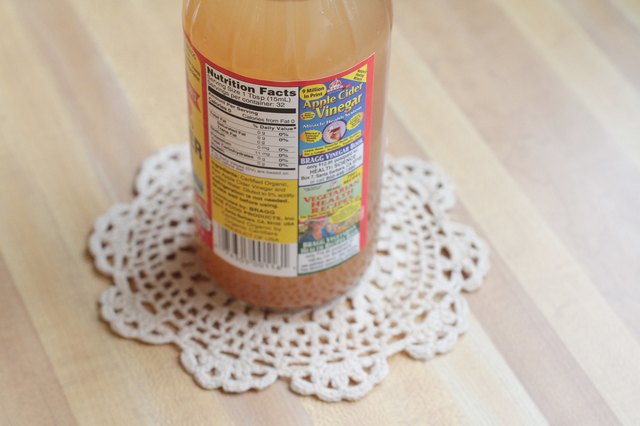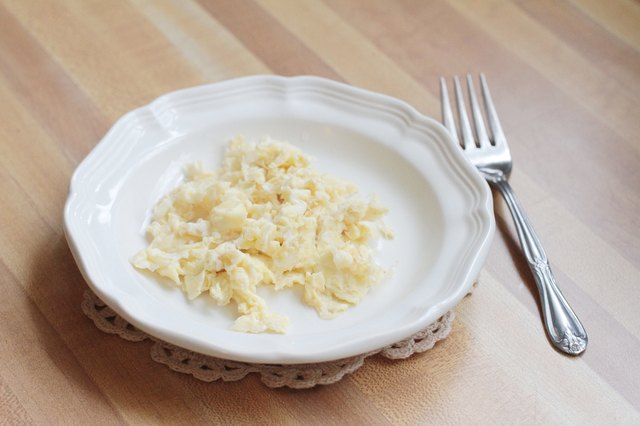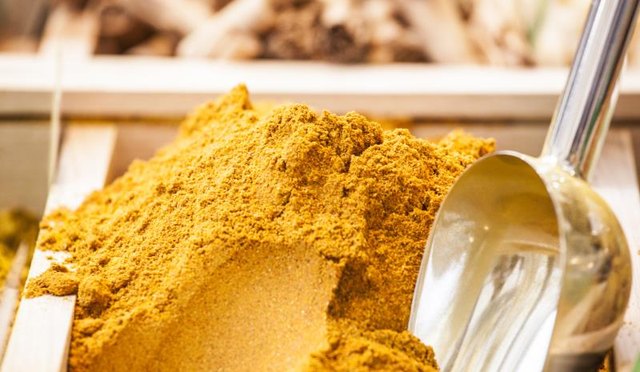
Everyone's hair contains keratin proteins, but people with curly hair have less keratin. Keratin treatments seal this protein into the hair, leaving it sleeker, straighter and easier to style. While this many sound like a dream, the rules surrounding a keratin treatment are a bit stringent. Make sure you know when it's safe to lather up after getting your hair professionally smoothed.
Waiting Time
Wait three or four days after getting your keratin treatment before washing your hair. That's generally the amount of time it takes the keratin to penetrate and really start working on your hair. Wash your hair any sooner, and you'll lose the effect of the treatment, so as tempted as you may be to wash your hair after two days, wait just a little bit longer.
While You're at It
It's not just shampooing that will ruin your hair. It's imperative to keep your hair dry, so don't rinse your locks and steer clear of tough workouts that will cause your hair to get sweaty. Also, keep styling simple. Try not to excessively touch your hair. Any shape you whip your hair into will cause your strands to kink into that style, so stay away from hair bands and leave your locks alone as best you can.
Dry Shampoo
If it's too difficult to go three or four days without washing your hair, try dry shampoo -- but be careful. Some dry shampoos may still lessen the effects of your keratin treatment, so opt for a keratin-infused dry shampoo which will soak up some of your hair's oils while livening your locks.
After the Waiting Period
Once you've passed that three to four day waiting period, you may think you're all clear. In general, keratin treatments will last for roughly 8 to 12 weeks. Even though shampooing is acceptable, there are certain products that can reduce the amount of time that your keratin treatment lasts. To get the most mileage out of your treatment, opt for shampoos without sodium sulfate to prevent stripping keratin from your hair.
www.livestrong.com
